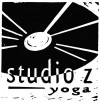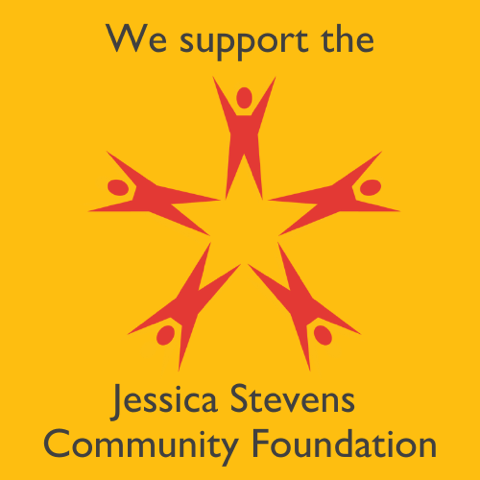I hated brussel sprouts. Until I had them broiled with oil, garlic and salt. Yum. I used to strongly dislike (not very yogic to hate, right?) triangle pose. Until I learned how to engage my core appropriately, extend my arms using back muscles instead of neck muscles, and was shown a variation that didn’t involve looking at my top hand or raising my top arm.
If I had to eat overly boiled brussel sprouts, I still would not enjoy them. Ditto for doing an extended triangle pose with a long stride, my hand on the floor, and my neck overly turned to gaze at my top hand. Fortunately, I’ve had friends who served me brussel sprouts cooked in tastier ways, and yoga instructors who’ve taught me variations and adaptations for triangle and other poses.
My point here is, there is no one way to practice an asana (pose). Triangle pose is an asymmetrical standing posture, side bending against gravity, with an external rotation of one leg. The more I learn about the essence of a pose, the more options I have for doing it in a manner that will bring about a desired effect. Do I want to emphasize strength or range of motion? Am I doing it as part of a quieting practice or an energizing one? One thing is for sure – I’m not doing it to increase my dislikes or frustration level, and you probably don’t want to either.
If there is not one correct way, it means “how to do a triangle pose” becomes a more challenging question. I’m currently taking an online training and one of the mentors likes to say “the answer to any question is – it depends”. Not a very satisfying response if you’re looking for absolutes. But the reality is that there are no rules that apply to every body. We come to the mat with our unique blend of genetics, experiences, interests, and injuries. Let’s celebrate that by allowing for variations in our yoga practices. You just might surprise yourself and learn to enjoy something you previously did not. Still haven’t learned to love liver and onions, but I’m open to your best recipe!

